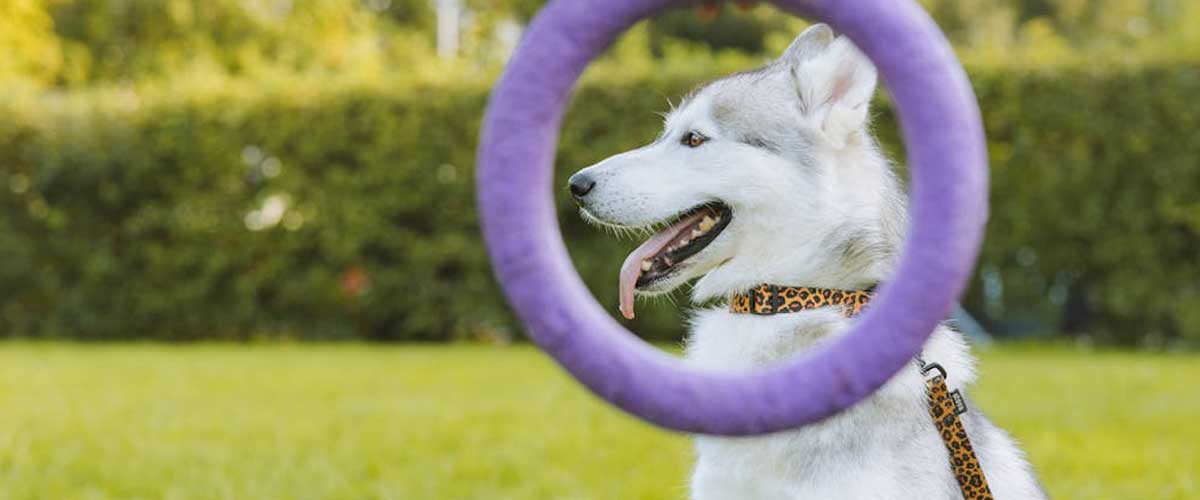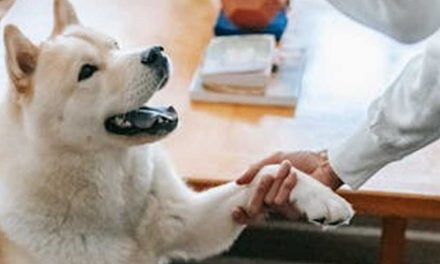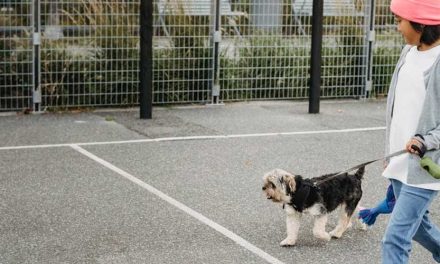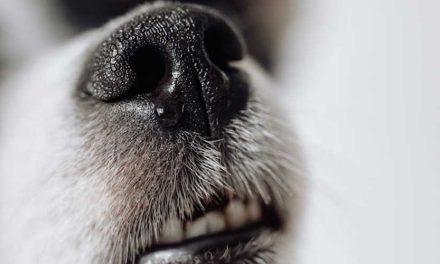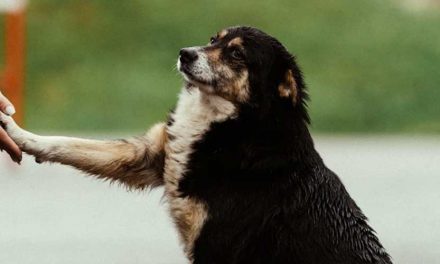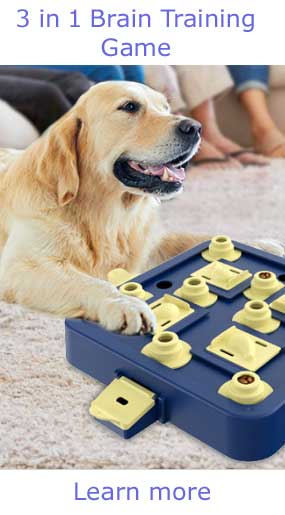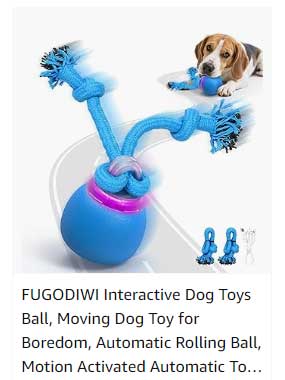Training your dog to focus and manage distractions can significantly improve their behavior and strengthen your bond.
Here are some effective strategies:
1. Establish a Strong Foundation
Basic Commands: Start with basic commands like sit, stay, and come.
Ensure your dog responds consistently to these commands before moving forward.
Positive Reinforcement: Use treats, praise, and toys as rewards to encourage desired behaviors.
This builds motivation and helps your dog associate focusing with positive outcomes.
2. Reduce Distractions Gradually
Controlled Environment: Begin training in a low-distraction environment, such as indoors or a quiet yard.
This helps your dog concentrate better.
Increase Distractions Slowly: Once your dog can focus in a quieter setting, gradually introduce distractions (e.g., people walking by, other dogs, sounds) while maintaining control of the environment.
3. Use the Look Command
Teach ‘Look’ or ‘Watch Me’: Train your dog to make eye contact on command.
Hold a treat near your face and say “Look” or “Watch me.” Reward them when they focus on you.
Practice Regularly: Use this command during walks or in busy areas to redirect their attention back to you.
4. Engage Them Physically and Mentally
Interactive Play: Engage in games like fetch or tug-of-war that stimulate your dog physically and mentally.
A tired dog is often less distracted.
Puzzle Toys: Provide toys that require problem-solving, keeping them mentally engaged and reducing their tendency to be distracted during training.
5. Use the “Leave It” Command
Teach ‘Leave It’: This command is crucial for teaching your dog to ignore distractions.
Start with a treat in one closed hand and say “Leave it” as they attempt to get it. Reward them when they back off.
Practice in Various Situations: Use it when out on walks or when they are tempted by food or objects.
6. Regular Training Sessions
Short and Frequent Sessions: Keep training sessions short (5-15 minutes) and frequent to maintain your dog’s attention.
Consistency is Key: Use the same commands and cues consistently to help your dog understand what you expect.
7. Practice, Patience, and Persistence
Be Patient: Focus training takes time and each dog learns at their own pace.
Celebrate small victories.
End on a Positive Note: Always end training sessions with a success or a fun activity to keep it positive.
By implementing these strategies, you’ll help your dog learn to focus amid distractions, fostering a more enjoyable experience for both of you during walks, training, and daily life.

